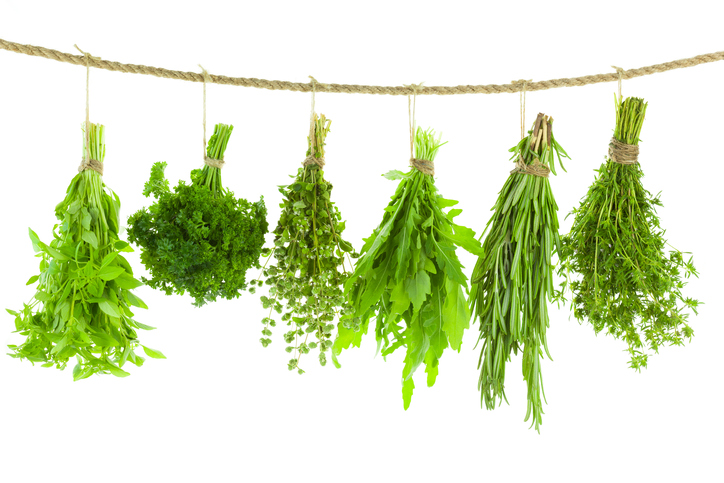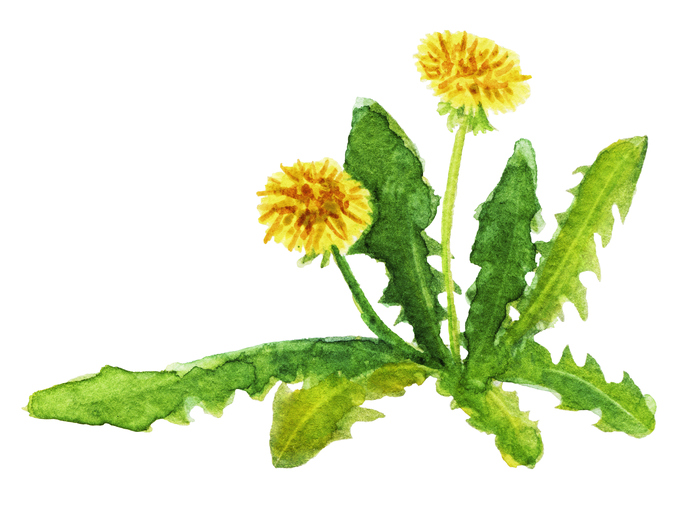- Above the Fold: Understanding the Principles of Successful Web Site De
- Adapting to Web Standards
- Art of Non-Conformity
- Art of Readable Code
- Art of SEO
- Back to the User
- Beginning PHP6, Apache, MySQL Web Development
- Book Notes
- Books to Read
- Bored and Brilliant
- Born For This
- Choosing A Vocation
- Complete E-Commerce Book
- Content Inc
- Core PHP Programming
- CRM Fundamentals
- CSS Text
- Dealing with Difficult People
- Defensive Design for the Web
- Deliver First Class Web sites
- Design for Hackers: Reverse-Engineering Beauty
- Designing Web Interfaces
- Designing Web sites that Work: Usability for the Web
- Designing with Progressive Enhancement
- Developing Large Web Applications
- Developing with Web Standards
- Economics of Software Quality
- Effortless commerce with php and MySQL
- Epic Content Marketing
- Extending Bootstrap
- Foundation Version Control for Web Developers
- Guerrilla Marketing for a Bulletproof Career
- HACKING EXPOSED WEB APPLICATIONS, 3rd Edition
- Hacking Web Apps
- Happiness At Work
- Implementing Responsive Design
- Inmates Are Running the Asylum
- Instant LESS CSS Preprocessor How-to
- jQuery Pocket Reference
- Letting Go of the Words
- Lost and Found: A Painfully Honest Field Guide to the Startup World
- Making Every Meeting Matter
- Manage Your Day to Day
- Marketing to Millenials
- Mobile First
- Monster Loyalty
- More Eric Meye on CSS
- Official Ubuntu Book
- Organized Home
- Pay Me… Or Else!
- Perennial Seller
- Pet Food Nation
- PHP 5 E commerce Development
- PHP In a NutShell
- PHP Refactoring
- PHP5 and MySQL Bible
- PHP5 CMS Framework Development
- PHP5 Power Programming
- Preventing Web Attacks with Apache
- Pro PHP and jQuery
- Professional LAMP
- Purple Cow: Transform Your Business
- Responsive Web Design with HTML and CSS3
- Responsive Web Design with HTML5 and CSS3
- Rules of Thumb
- Saleable Software
- Search Engine Optimization Secrets
- Securing PHP Web Applications
- Serving Online Customers
- Simple and Usable Web, Mobile and Interaction Design
- Smart Organizing
- Smashing UX Design: Foundations for Designing Online User Experiences
- Studies in History and Philosophy of Science
- Talent is Not Enough
- The 10x Rule
- The Benefits of Working with Git In Your Software Projects
- The Clean Coder
- The Herbal Handbook for Home & Health
- The Life-changing Magic of Tidying up
- The Modern Web
- Think First
- This Is Marketing
- Traction
- Version Control with Git, 2nd Edition
- Web Analytics 2.0: The Art of Online Accountability and Science of Cus
- Web Site Usability: A Designer's Guide
- Web Word Wizardry
- Web Word Wizardy
- Website Owner’s Manual
- Whats Stopping Me
- Work for Money, Design for Love
- Your Google® Game Plan for Success: Increasing Your Web Presence with
- Checklists I Have Collected or Created
- Crafts To Do
- Database and Data Relations Checklist
- Ecommerce Website Checklist
- Learning Stuff From Blogs
- My Front End UI Checklist
- New Client Needs Analysis
- Newsletters I Read
- Puzzles
- Style Guides
- User Review Questions
- Web Designer's SEO Checklist
- Web site Review
- Website Code Checklist
- Website Final Approval Form
- Writing Content For Your Website
- Writing Styleguide
- Writing Tips
- 7 essentialls of graphic design
- Accidental Creative
- Choosing the right color for your logo
- CMS Design
- Communicating Design: Developing Web Site Documentation for Design and
- Designing for Web Performance
- Eat That Frog
- Elements of User Experience
- Flexible Web Design
- Forms that Work: Designing Web Forms for Usability
- Homepage Usability
- Responsive Web Design
- Seductive Interaction Design: Creating Playful, Fun, and Effective Use
- Strategic Web Designer
- Submit Now: Designing Persuasive Web sites
- The Zen of CSS Design
- Complete Book of Potatoes
- Creating Custom Soil Mixes for Healthy, Happy Plants
- Edible Forest Garden
- Garden Design
- Gardening Tips and Tricks
- Gardens and History
- Herbs
- Houseplants
- Light Candle Levels
- My Garden
- My Garden To Plant
- Organic Fertilizers
- Organic Gardening in Alberta
- Plant Nurseries
- Plant Suggestions
- Planting Tips and Ideas
- Root Cellaring
- Things I Planted in My Yard
- Way We Garden Now
- Weed Decoder
- 101 Organic Gardening Hacks
- 2015 Herbal Almanac
- Beautiful No-Mow Lawns
- Beginner's Guide to Heirloom Vegetables
- Best of Lois Hole
- Design in Nature
- Eradicate Invasive Plants
- Gardening Books to Read
- Gardens West
- Grow Organic
- Grow Your own Herbs
- Guerilla Gardening
- Heirloom Life Gardener
- Hellstrip Gardening
- Indoor Gardening: The Organic Way
- Landscaping with Fruits and Vegetables
- Real Gardens Grow Natives
- Seed Underground
- Small plot, high yield gardening
- Thrifty Gardening from the Ground Up
- Vegetables
- Veggie Garden Remix
- Weeds: In Defense of Nature's Most Unloved Plants
- What Grows Here
- Activities for Kids
- Animals In My Yard
- Baking & Cooking Tips
- Bertrand Russell
- Can I Get that on Sale?
- Cleaning Tips and Tricks
- Colour Palettes I Like
- Compound Time
- Cooking Tips
- Crafts
- Crafts for Kids
- Even More Quotes
- Household Tips
- Inspiration
- Interesting
- Interior Design
- Keywording & Tags
- Latin Phrases
- Laundry Tips
- Learn Something New
- Links, Information, and Cool Videos - Stuff for My Kids
- Music Websites for Parents and Kids
- My Miscellany
- Organizing
- Quotes
- Reading List
- Renovations
- Silly Sites
- Things that Make Me Laugh
- Videos to Watch
- Ways to Be Nice
- YouTube Hacks
- Bug Tracking Tool
- Business Tips
- Code Packages I Like on GitHub
- Content Management systems
- Creating Emails & Email Newsletters
- Games
- I Made A Framework
- Open Source
- Patterns, Textures and other media
- PHP Coding Standards
- Programming
- Project Verbs for to do lists
- Qualities of Creative Leaders
- Scalable Vector Graphics
- SEO
- Software Design
- The Shell, Scripts and Such
- Writing Instructions
- Accessibility
- CSS Frameworks
- CSS Reading List
- CSS Sticky Footer
- Design of Sites
- htaccess files
- HTML Tips and Tricks
- Javascript (and jQuery)
- Landing Page Tips
- Making Better Websites
- More Information on CSS
- MySQL and Databases
- Navigation
- Responsive Design
- Robots.txt File
- Security and Secure Websites
- SVG Images
- Types of Content
- UI and UX and Design
- Web Design and Development
- Web Design Tools
- Web Error Codes
- Website Testing Checklist
- Writing for the Web
- Writing Ideas for your website
- Animations and Interactions
- Being a Better Designer
- Bootstrap Resources
- Color in Web Design
- Colour
- CSS Preprocessors: Sass and Less
- CSS Tips Tricks
- Customer Centered Design Myths
- Design Systems
- Designing User Interfaces
- Font & Typographical Inspiration
- Fonts, Typography, Letters & Symbols
- Icon Sets
- Icons
- Logo Designs
- Photoshop Tips and Tricks
- Sketch
- UX and UI and Design Reading List
- Web Forms
- Well Designed
Gardening Tips and Tricks
Drying Fresh Herbs
Tie stalks of herbs into skimpy bunches with cotton string and place each bunch upside down in a large paper bag well punctured with air holes. Tie the neck of the bag tight and hang the bag with the leaves facing downward in a warm, airy place. The bag keeps light from degrading the leaves and flowers and catches any seeds that pop. Dried herbs and spices should be packed in tightly closed glass jars and kept in a cool, dark, dry place. Glass keeps aromas in and out.
Garlic
Plant garlic cloves and shallots now, about 2 inches deep in fertile soil, for harvest next summer. These will be larger than those planted next spring.
Growing Tasty Tropical Plants
ISBN: 978-1-60342-577-3
Plants I want to try growing:
- Australian Finger Lime
- Calamondin Orange
- Citrumelo - does well in cooler climates. More disease resistant.
- Sunquat fruits lots.
- Acerola or Barbados cherry. Tolerates dry cool conditions.
- June plum
- Naranjilla can be grown as an annual much like a tomato.
- Olive can withstand dryness in the air and soil. Need wintertime cooler temps and 7C.
- Pineapple can be grown from store-bought items. Takes about two years to start making fruit.
- Rose apple drought tolerant and easy to grow.
- Coffee plants do well in low light and low humidity.
- Cinnamon makes a good potted plant keeps the soil slightly dry.
Web sites to check out:
Myth or fact? Eating tomatoes can help prevent sunburn.
FACT. This is true, thanks to tomatoes' high lycopene content. Volunteers in one study who consumed 5 tablespoons of tomato paste daily for three months had 25 percent more protection against sunburn. Even better, the skin had more collagen, which prevents sagging. German scientists also report that higher skin levels of this antioxidant correlate to fewer fine lines and furrows. Toss some on top of some romaine lettuce for the perfect skin-health salad: six leaves of romaine lettuce provide more than 100 percent of your daily value of vitamin A, which revitalizes skin by increasing cell turnover.
Things to Try
- Sea Magic - soil additive and fertilizer booster
- Neem Aid leaf shine
- Water witch (coir)
Follow Phenology
Plant lettuce, peas and spinach when lilacs are in the first leaf.
Plant beans and squash when lilacs are in full bloom.
Plant carrots when elm trees leaves are in the first leaf.
Farmer's Almanac says:
Sow peas when daffodils begin to bloom.
Plant beans and squash when lilacs are in full bloom.
Plant perennials when maple leaves begin to unfurl.
Dandelions
Heat weeds lightly, don't scorch or burn. Any root portion left will regrow. But lightly torching the top growth for just a few seconds damages the weed internally so that it continues to drain energy from the root to repair itself (even though the top may not look dead).
The second torching in early fall will often jill it off completely without the need for herbicides.
Companion Planting
Tomato and basil
Bell peppers love tomatoes, parsley, basil and carrots
Nasturtiums protect the cabbage family, cucumbers, fruit trees, radishes, and tomatoes
Artemisia slugs detest it
Cucumber hates potatoes and tomatoes
Sage and strawberries
Bee balm with tomatoes
Best stone for gardens
Limestone, basalt or granite
Store Your Tools
Keep your garden tools in a bucket of sand.
Drainage
- Dig a hole about a foot across and deep.
- Fill with water.
- Time how long it takes to drain completely.
- Good drainage - takes 30 min
- Moderate drainage takes 30 - 4 hours
- Poor drainage more than 4 hours
Online Resources
The Importance of Straw Mulch for Strawberries
Hardy fruits you can grow in Alberta by Prairie Garden Farms
Native plant suppliers in Alberta
Weekend Gardener - Horticulture for Busy People has lots of info on seed starting.
How to Grow Basil Guide is an excellent resource for growing Basil
Gardening Without a Yard | MAKE
Make Your Own Biodegradeable Plant Pots
The Tree Page is a series of interactive web pages about trees in Toronto's parks.
These are notes I made about gardening. See more gardening notes

